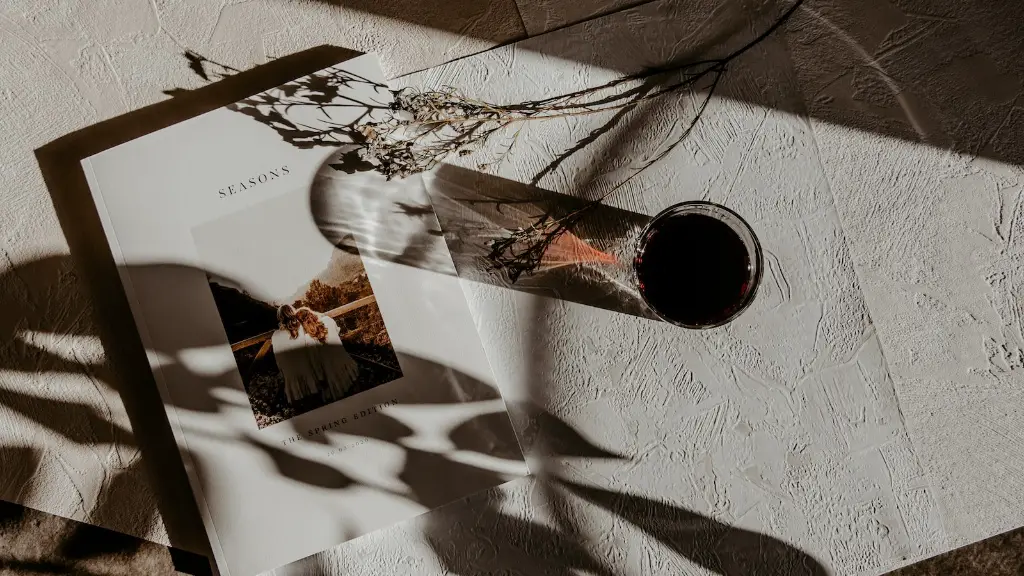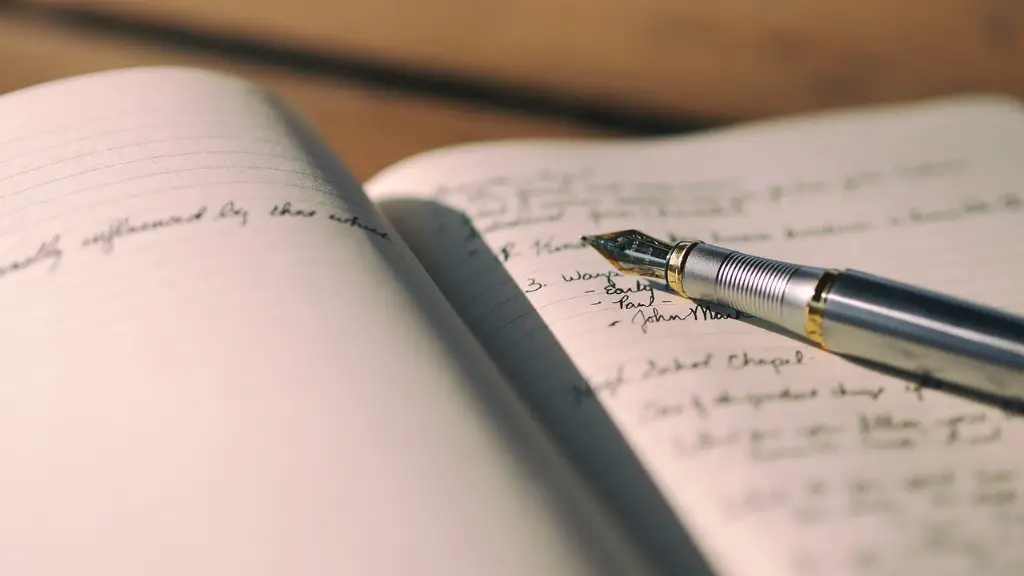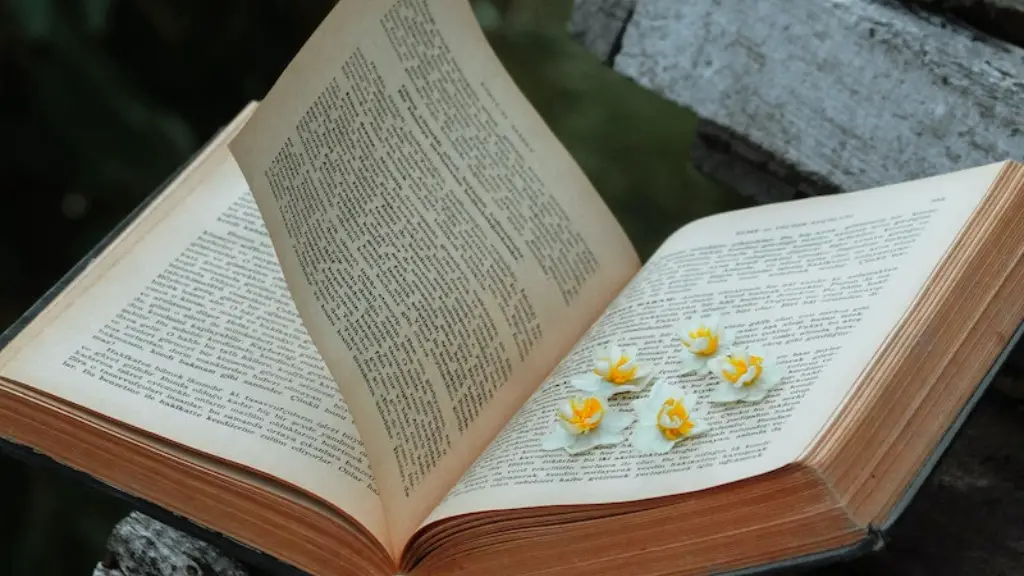Believed to be of Japanese origin, haiku poetry is best described as a type of minimalistic poem, thought to have originated in the 17th century. Haiku, a three-line poem, is composed of 17 syllables and is different from other forms of poetry because it traditionally conveys a sense of the season, or nature. It usually focuses on two seemingly unrelated subjects, linked by a sudden change known as a ‘shift’, often enabled through a single indication of what season it is.
Haiku, is traditionally written in three lines and uses specific seasonal references drawn from Japanese culture and environment. The first line contains five syllables, the second line contains seven syllables, and the third line is composed of five syllables again. Poets favor this type of poetry as a way to show brief yet insightful insights into the contemporary world, traditions and culture.
Unlike other forms of poetry, there is usually no rhyme scheme or rhythm in haiku poems, which helps to create its minimalist style. The main focus instead is on conveying an emotion or experience in a few words, using the power of metaphor, juxtapositions and similes. This makes them the perfect choice for expressing a strong feeling or creating a sense of awe that can captivate, amuse or even mystify readers.
Many of the greatest haiku poems have been created by Japanese poets and artists, such as Matsuo Basho and Yosa Buson, who wrote some of the finest poems in the genre. However, there are also many great haiku poems by modern poets who have continued to write in this form, creating great works that inspire readers to think deeply about life and how to live it.
Haiku poets often use simple language that conveys complex ideas and feelings while allowing the reader to contemplate their own reactions, expectations and experiences of the poem. Haikus can bring the reader to places of peace, joy, sadness or even shock, depending on how it is written and what emotions it is aimed to evoke.
Despite its simplicity, haiku is a powerful literary form and still has the power to move and inform readers with its vivid imagery, clever wordplay and clever metaphors. Haiku can be humorous, reflective, contemplative, thoughtful or serious, each poem evoking a unique emotion that can be understood only by the reader.
The Symbolic Properties of Haiku
The symbolic properties of haiku are often missed. These can be found in the choice of words used, which have far greater resonance than is often obvious. Haikus tend to explore the relationship between humans and nature and can make powerful statements about our attitudes. For example, haikus often use nature as a metaphor for our emotions and experiences, enabling us to connect with the natural world in a much more meaningful way than through language alone.
A great haiku can also evoke strong visuals and emotions. For example, the use of onomatopoeia such as ‘rainy day’ or ‘dew dripping’ can evoke the feeling of being in the presence of nature. Similarly, the use of imagery such as ‘dancing birds’ or ‘babbling brook’ can help create a vivid mental image which adds to the overall atmosphere of the poem.
Haiku also often use silence and negative space as part of the storytelling. Silence and absence can be used just as effectively as words, helping the reader to experience the poem in their own way. This allows readers to ‘fill in the blanks’ with their own interpretations of the poem, which can often lead to profound realizations about life and other topics.
The Power of Haiku
Haiku is an incredibly powerful form of poetry for conveying deep thoughts and feelings. By its nature, it doesn’t require many words to be meaningful to the reader, so its impact can be huge. Haikus are incredibly concise, allowing the reader to make their own interpretation of the poem based on their own experience and point of view. This can make haikus incredibly thought-provoking and marks them as a powerful type of poetry.
Haikus can also be used to explore difficult topics in a brave and honest manner. It has the power to make us think and reflect, giving us insight into the nature of life and other topics in an emotive way. The best haikus often carry a simple yet profound message that stays with us long after we’ve read them.
Haiku has become increasingly popular in recent years as people look for ways to express their feelings and thoughts in a more elegant, poetic way. Haiku can help to express the mundane aspects of life in a meaningful, beautiful way, and can make a profound statement without relying on too many words.
Writing a Haiku
Like all forms of poetry, there is no single ‘correct’ way to write a haiku. However, there are some universal guidelines that can help writers create powerful and evocative haikus. Firstly, it is important to ensure that the haiku has a clear structure, with a first and third line containing five syllables and a second line containing seven syllables.
It is also important to pay attention to the rhythm of the poem, as the smooth flow of the metre and syllables is often the most effective way to evoke strong emotions. It is also important to take time to choose the right words, as the simplest words often convey the deepest messages. Imagery is also incredibly important in haikus, as the use of vivid imagery can help the reader engage with and understand the poem more deeply.
Writing haikus can be a fun and creative experience, as it allows writers to explore their feelings and thoughts in a short, easy-to-read format. It is also a great way to experiment with language and help writers appreciate the beauty and depth of little things. While creating haikus may take some practice, it can be a very rewarding experience once the writer has mastered it.
The Impact of Haikus
Haikus can have a profound and lasting impact on the reader, especially if the author has crafted the poem with skill and care. A great haiku can evoke powerful emotions and have a lasting impression on its readers. It can also help people to gain a better appreciation for everyday moments, as the poet has highlighted the beauty in the ordinary.
Haikus have been described as ‘visual poetry’, as they are able to paint vivid images in the reader’s mind. This can help readers to gain a better understanding of life, as the poet has effectively captured and described the story of an emotion, experience or event in a few words. Haikus can also be an incredibly moving experience, as not only are they incredibly beautiful, but they also often make us contemplate life and our place in it.
Haikus can make us take pause and recognize the beauty and importance of everyday moments. They can also help to create feelings of serenity and peace, as the poet can transport the reader to a place of beauty where they can feel truly present. Ultimately, haikus can be a powerful tool of self-expression, and one of the most beautiful forms of poetry in existence.




